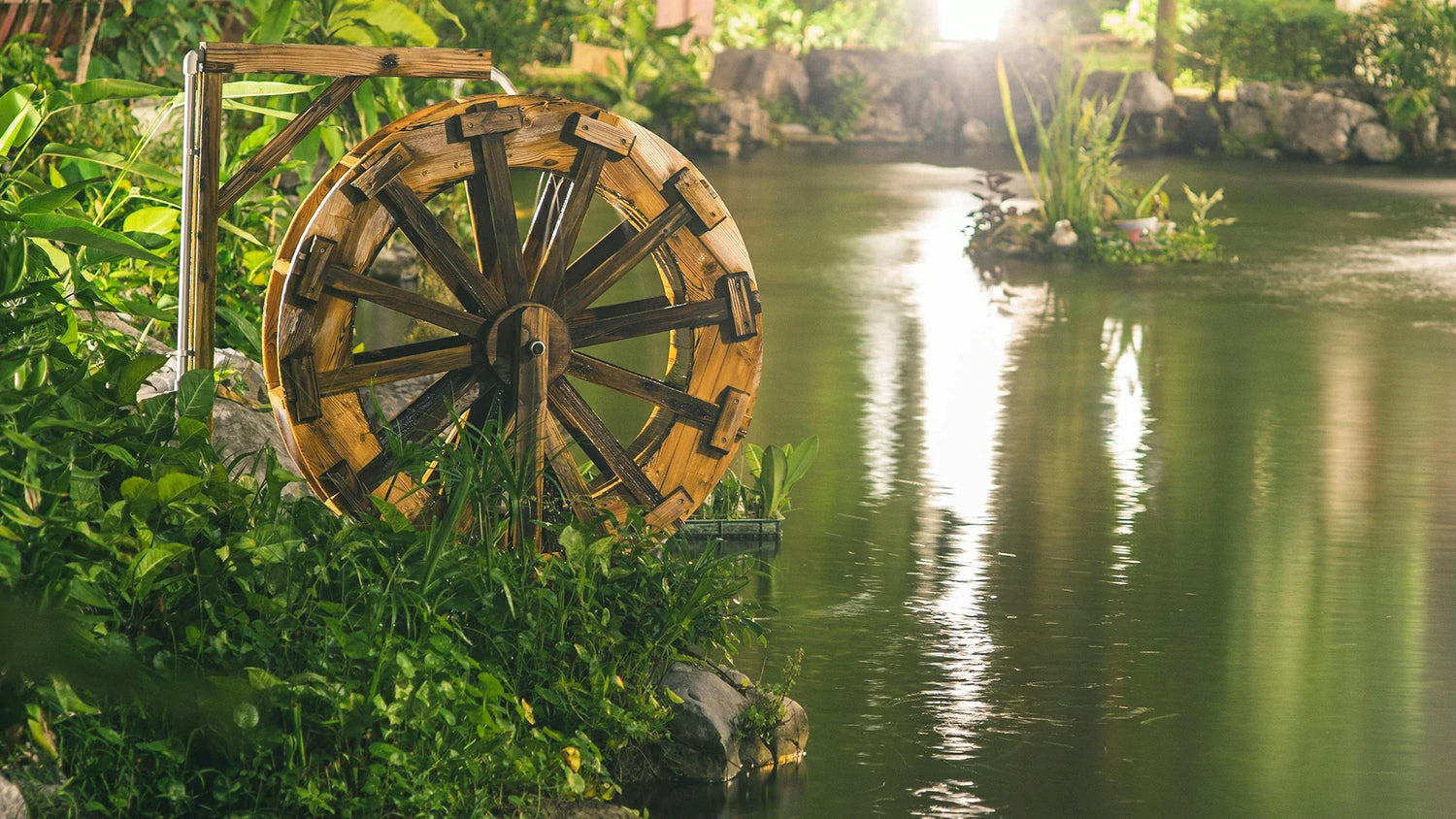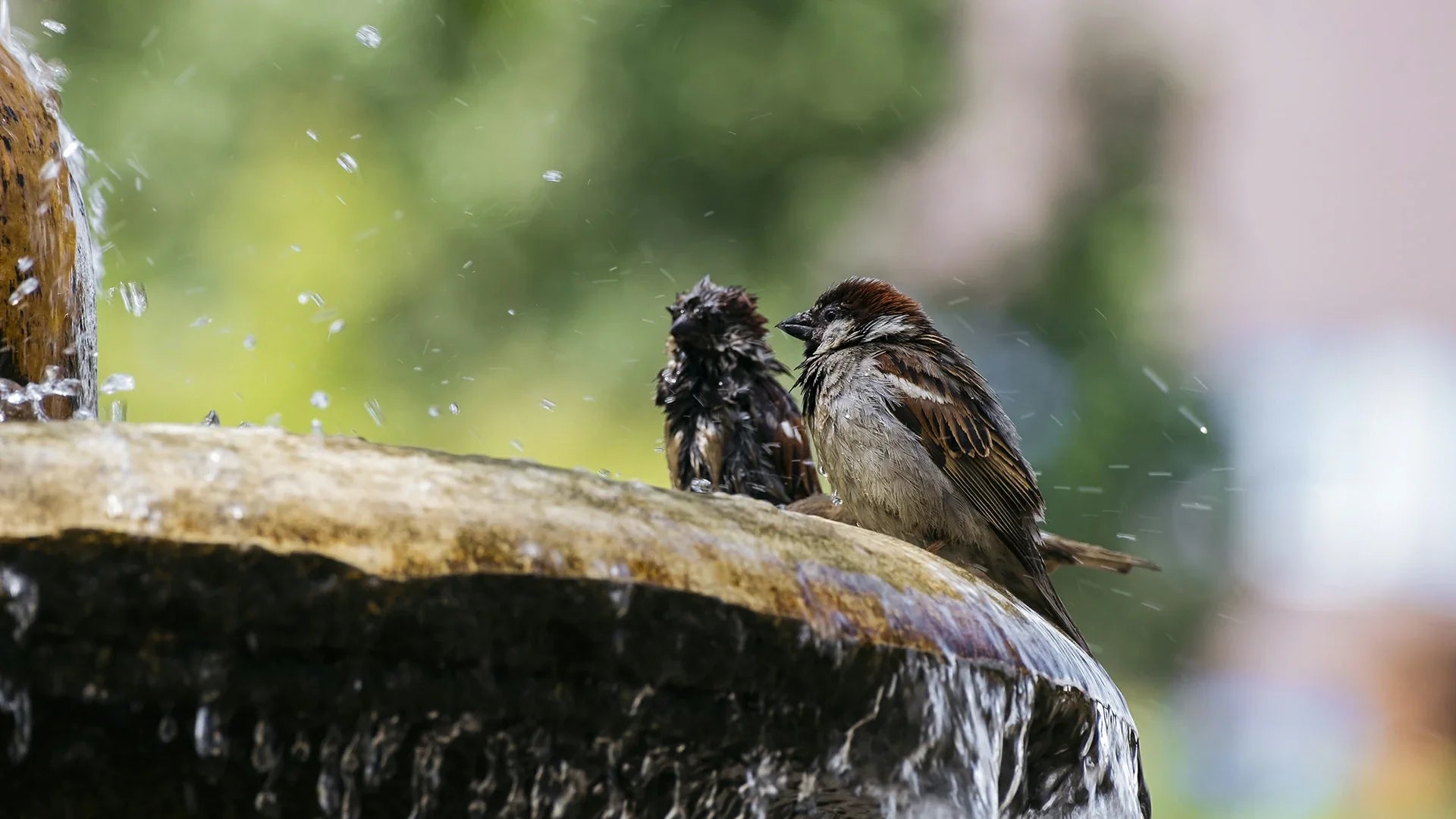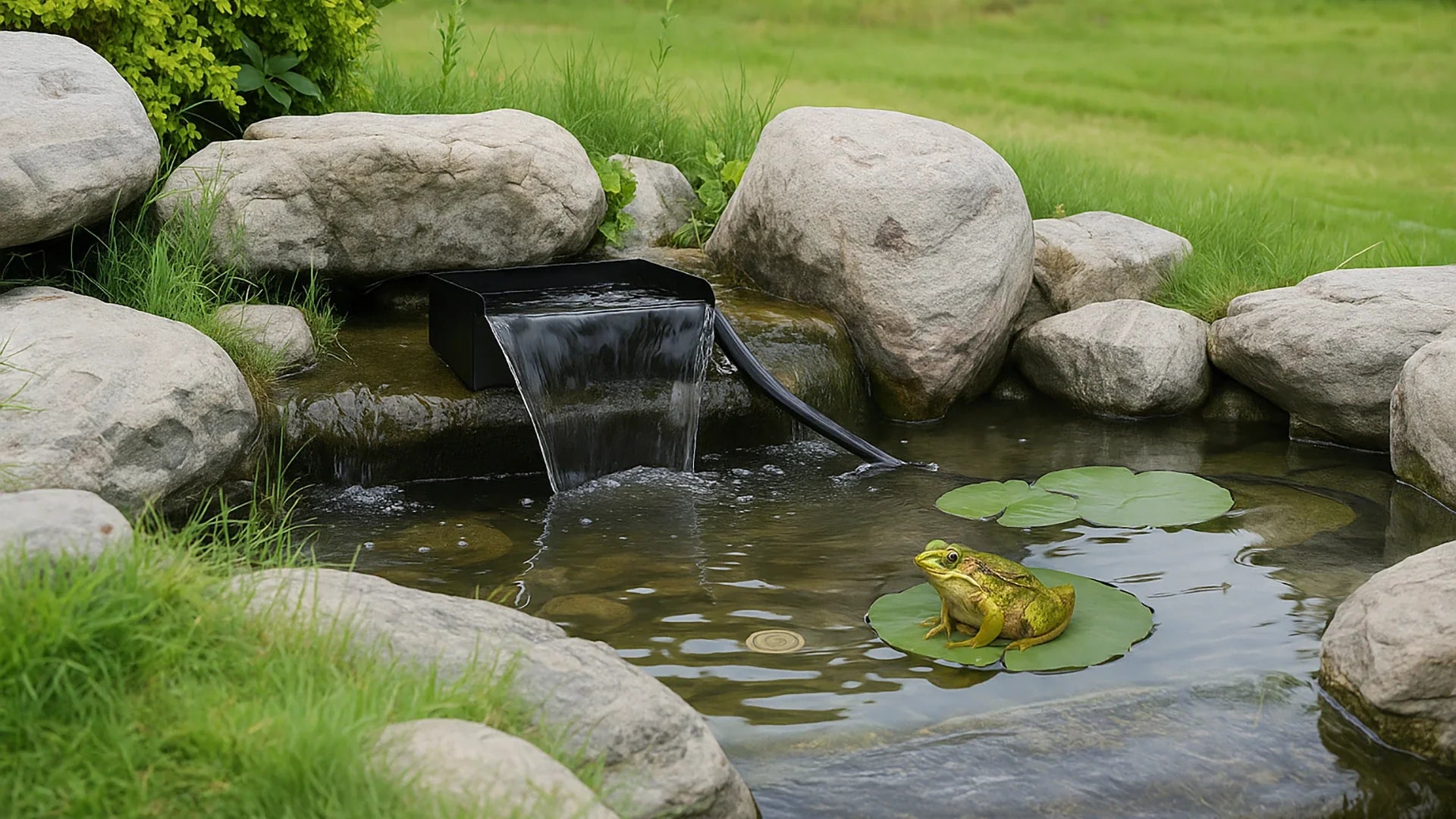Not every pond needs fish to be beautiful or meaningful. In fact, more and more gardeners are discovering that a fishless pond can be just as charming—sometimes more charming. When you focus on plants, sparkling water, and wildlife habitats, you can create a thriving ecosystem that's a haven for frogs, dragonflies, butterflies, and songbirds. Having a natural pond without fish isn't just easier to care for; it also enhances biodiversity in your garden.
Why Build a Fish-Free Pond
While movement and beauty are provided by fish, they do place demands on the ecosystem. Fish have the potential to churn up sediments, eat beneficial insects, and limit amphibian populations. A fish-free pond provides space for other forms of wildlife to grow, creating a more balanced ecosystem.
For families who want to focus on attracting frogs, insects, and birds, as opposed to fish, fish-free ponds tend to be most effective. They require less hardware and cause less danger of algae growth due to fish pollution. Poposoap's brand idea is a balance between human beings and nature, and so their solar pumps and filter boxes are fantastic hardware for cultivating life in pond spaces that are geared towards wild animals as opposed to aesthetic fish.
Key Design Tips

Successful wildlife pond construction starts with shape and depth. There needs to be a sloping edge to allow frogs, hedgehogs, and small birds to enter and exit the water safely. Steep sides are a trap for wildlife. Varied zones of depth—ranging from shallow shelves to deeper mid-areas—encourage mixed species to have their own niche.
Choose a warm but protected location. Plants require light, but too much heat encourages algae. Poposoap solar pumps help to naturally circulate the water, preventing stagnation yet keeping energy consumption eco-friendly.
Water Quality Naturally
Water quality without fish depends on balance rather than intensive filtration. The first line of defense as a filter in a natural pond is plants. Excess nutrients are absorbed by marginal plants; floating plants reduce sunlight penetration; and submerged oxygenators introduce oxygen into the water.
To aid these processes, circulation remains worthwhile. Poposoap filter boxes with reusable media catch debris and support good bacteria, leaving water clear yet kind to wildlife. The company's environmentally focused ethos means that its products augment natural systems and don't dominate them.
Perfect Plants
The correct planting arrangement is essential to a pond free from fish. Opt for a collection of species that occupy zones:
- Shallow Marginals: Marsh marigold, sedges, and water mint provide insects with nectar and amphibians with a sanctuary.
- Floating Plants: Water lilies or frogbit provide dappled shade and insect resting sites.
- Oxygenating Submerged Plants: Hornwort and elodea improve oxygenation and water clarity.
Layered plants provide niches for newts to dragonflies, and inhibit algae growth.
Supporting Diverse Wildlife

A fishless pond is a life magnet. Frogs and toads spawn in shallow zones. Dragonflies cruise over water and lay eggs on submerged vegetation. Birds visit every day to drink and bathe, especially if the pond contains a small solar fountain for water movement. Poposoap solar bird fountains are particularly beneficial here since they incorporate circulation with the appeal of avian visitors.
To maximize diversity, provide cover around the pond edges with logs, rocks, and native shrubs. These shelters give amphibians and insects safe places to hide. Avoid pesticides in the surrounding garden, as chemicals disrupt the very wildlife you’re hoping to attract.
Final Thoughts
Building a pond without fish is one of the simplest ways to support biodiversity in your garden. By focusing on wildlife pond design, planting for balance, and encouraging natural water quality, you’ll create a space that welcomes frogs, dragonflies, pollinators, and songbirds.
Poposoap's eco-friendly pumps, filters, and fountains make it easy to maintain circulation and clarity while wildlife-friendly safeguards the pond. If your goal is to draw frogs, insects, and birds or simply to enjoy the serenity of a natural pond, a fish-free design can transform your yard into a healthy mini-reserve.





Leave a comment
All comments are moderated before being published.
This site is protected by hCaptcha and the hCaptcha Privacy Policy and Terms of Service apply.